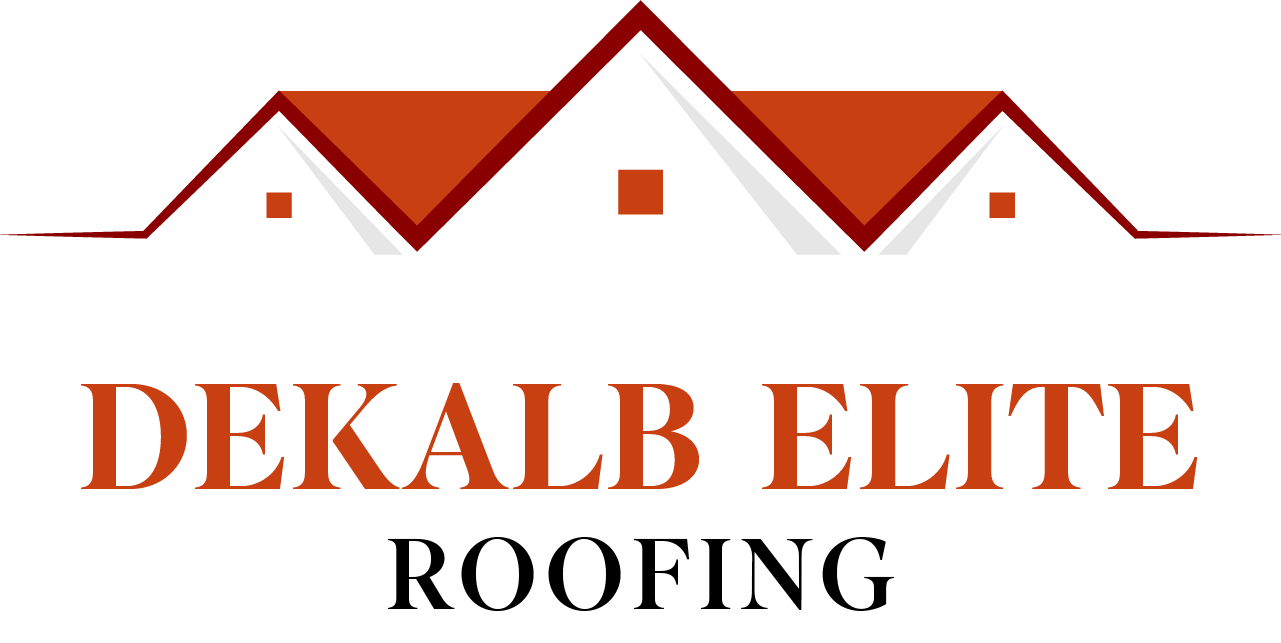Chimneys and Skylights
Chimneys and skylights create openings on the roof that water can easily seep through. We install flashing around their bases to create a waterproof barrier. This stops rain and snow from entering the roof structure.
The flashing must fit tightly to the chimney’s edges or the skylight frame. It also needs to be sealed well where it meets the roof shingles. We carefully mold flashing to these areas to prevent gaps.
Metal flashing is often used here because it is durable and resists rust. We check for any damage or wear that could allow water inside. Proper flashing around chimneys and skylights helps avoid costly water damage inside the home.
Valleys and Roof Edges
Roof valleys are where two roof planes meet, creating channels for water to flow down. These spots collect a lot of rain and melting snow and need sturdy flashing. We install flashing to guide water away from the roof layers below.
At roof edges, flashing protects the exposed edge of the roof deck and shingles. It helps prevent water from seeping underneath. We use long pieces of metal flashing along these edges to provide strong protection.
Both valleys and edges need flashing to be sealed and properly overlapped. This design pushes water away and away from vulnerable roof surfaces. Poor flashing here often causes leaks or damage.
Vents and Pipe Penetrations
Vents and pipes break through the roof, creating potential points for leaks. We install flashing around these penetrations to seal the gap between the roofing materials and the vent or pipe.
The flashing must have tight seals against the pipe or vent, usually with rubber gaskets or collars. The flashing base extends under the roofing shingles to stop water from sneaking beneath.
We inspect flashing around these areas regularly. If it becomes loose or cracked, water can enter and cause rot or mold. Properly flashed vents and pipes keep the roof strong and dry.
Maintenance Tips for Roof Flashing Longevity
To keep roof flashing working well, we focus on checking it often and cleaning it properly. These steps help prevent leaks and damage before they start.
Regular Inspection Recommendations
We suggest inspecting roof flashing at least twice a year, especially after heavy storms or strong winds. Look for cracks, rust, or loose edges. Any damage can let water in, causing bigger problems. Use a flashlight to check dark corners and joints. Pay attention to areas around chimneys, vents, and skylights. These spots are more likely to have flashing issues.
If you notice damaged flashing, we recommend fixing it promptly. Waiting too long can lead to leaks and costly repairs.
Basic Flashing Care Techniques
We keep flashing clean by removing dirt, leaves, and debris. This prevents water from pooling and causing rust or rot. Use a soft brush or cloth for gentle cleaning. For metal flashing, applying a thin layer of sealant around edges helps keep water out. Avoid using harsh chemicals or pressure washers as they can damage the flashing surface.
If paint or coating starts to wear off, we touch it up to protect the metal underneath. This simple step extends the life of the flashing and keeps it in good condition.
Frequently Asked Questions About Roof Flashing Installation
What are the common types of roof flashing you install?
We install step flashing, continuous flashing, drip edge flashing, and valley flashing. Each type protects specific roof areas from water damage.
How long does the installation process typically take for roof flashing?
Most installations take between a few hours to one day. The exact time depends on the roof size and flashing type.
What steps do you take take to ensure proper roof flashing installation?
We inspect the roof thoroughly before starting. We use high-quality materials and follow manufacturer guidelines strictly. Proper sealing and alignment are key parts of our process.
Can you provide custom roof flashing solutions for unique roof designs?
Yes, we create custom flashing to fit unusual roof shapes or special requirements. Our team measures and plans carefully to ensure a perfect fit.
How do you handle roof flashing installation in adverse weather conditions?
We monitor weather forecasts closely. If conditions are unsafe or could affect quality, we reschedule. Safety and lasting results are priorities for us.
